What is Urban Mining?
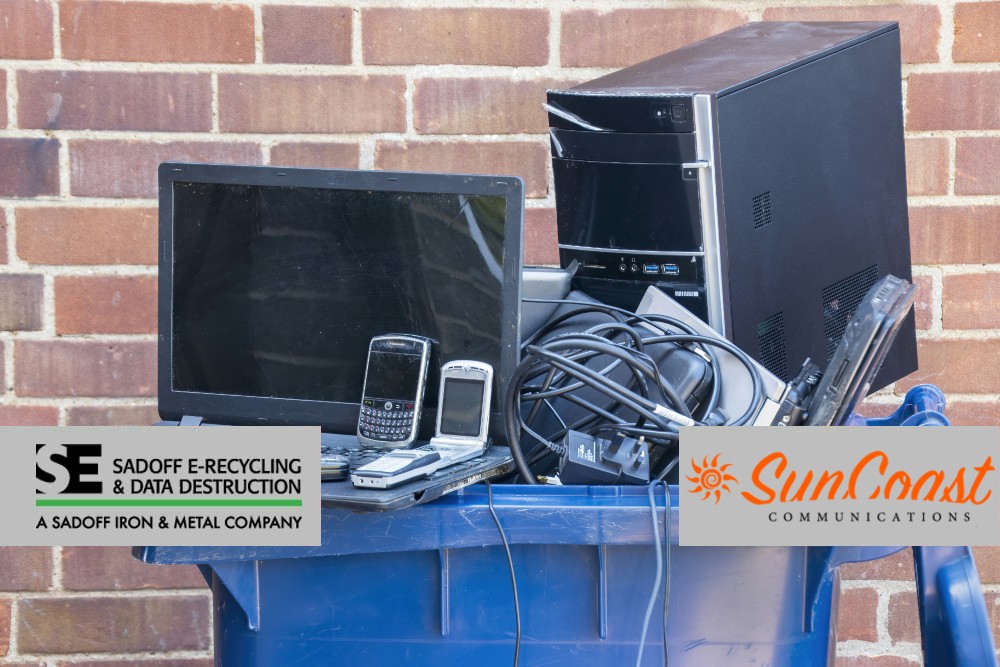 14
14 May
In the heart of our bustling cities lies a hidden resource, a treasure trove of valuable materials waiting to be rediscovered. It’s not buried deep underground like traditional mines, but rather embedded within the very structures and devices we use every day. Welcome to the world of urban mining – the process of extracting valuable metals and materials from discarded electronics, buildings, and infrastructure.
Unearthing Value: What is Urban Mining and Why Should You Care?
Urban mining is not just a buzzword; it’s a practical and sustainable solution to the growing demand for resources and the escalating problem of waste. As we become increasingly reliant on electronic devices and rapidly develop our urban landscapes, the amount of e-waste and construction debris continues to surge. This presents both an environmental challenge and a remarkable economic opportunity.
The Concept of Urban Mining
At its core, urban mining is about recognizing the value of materials that have reached the end of their primary use cycle. Think of smartphones, laptops, computers, servers, and other electronic devices that are discarded each year. These devices contain valuable metals like gold, silver, copper, and rare earth elements, all of which can be recovered and reused.
Similarly, buildings and infrastructure that are demolished or renovated contain a wealth of materials like steel, concrete, and aluminum, all of which can be extracted and repurposed. Urban mining involves deconstructing these structures carefully to recover these materials, reducing the need to extract virgin resources from the Earth.
Why is Most Electronic Waste Not Recycled?
Benefits of Urban Mining
The benefits of urban mining are far-reaching and extend to both environmental and economic spheres:
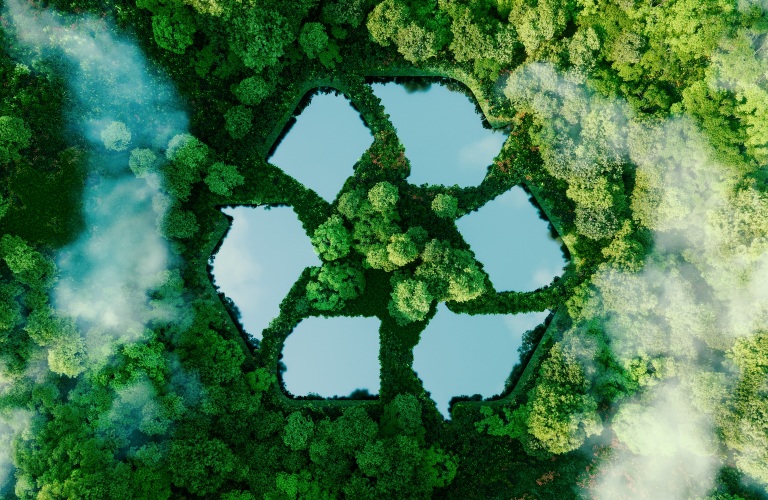 Reduced Environmental Impact—Urban mining reduces the need for new mining operations, which often have significant environmental consequences, such as deforestation, water pollution, and habitat destruction. By recovering valuable materials from existing waste streams, we conserve natural resources and lessen the strain on the planet.
Reduced Environmental Impact—Urban mining reduces the need for new mining operations, which often have significant environmental consequences, such as deforestation, water pollution, and habitat destruction. By recovering valuable materials from existing waste streams, we conserve natural resources and lessen the strain on the planet.- Resource Conservation—As global demand for metals and minerals continues to rise, urban mining helps ensure a sustainable supply of these finite resources. By extracting valuable materials from our cities, we reduce our reliance on increasingly scarce and costly virgin resources.
- Economic Opportunities—Urban mining creates a new economy based on resource recovery and recycling, generating jobs and stimulating economic growth. It supports local businesses and fosters innovation in the field of materials recovery.
- Reduced Landfill Burden—Urban mining diverts e-waste and construction debris from landfills, where these materials can leach harmful substances into the environment. By recycling and reusing these materials, we reduce pollution and protect ecosystems.
Read More: Debunking Telecom Circular Economy Myths
The Future of Urban Mining
As awareness of the circular economy grows and the demand for resources continues to increase, urban mining is poised to play an increasingly important role in our sustainable future. Advancements in technology are making the extraction and processing of materials from e-waste and construction debris more efficient and cost-effective, further enhancing the viability of urban mining.
While urban mining is still a relatively new field, its potential is undeniable. As we continue to grapple with the challenges of resource scarcity and environmental degradation, urban mining offers a promising solution that can help us build a more sustainable and prosperous future. By recognizing the hidden value in our urban landscapes, we can turn waste into wealth and create a more circular economy where resources are used efficiently and responsibly.
Contact Sadoff for All Your E-Recycling Needs
Categorized in: Sustainability




 Google map directions
Google map directions
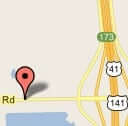 Google map directions
Google map directions
 Google map directions
Google map directions
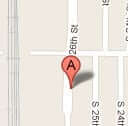 Google map directions
Google map directions
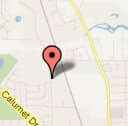 Google map directions
Google map directions
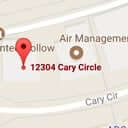 Google map directions
Google map directions
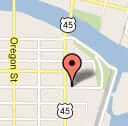 Google map directions
Google map directions